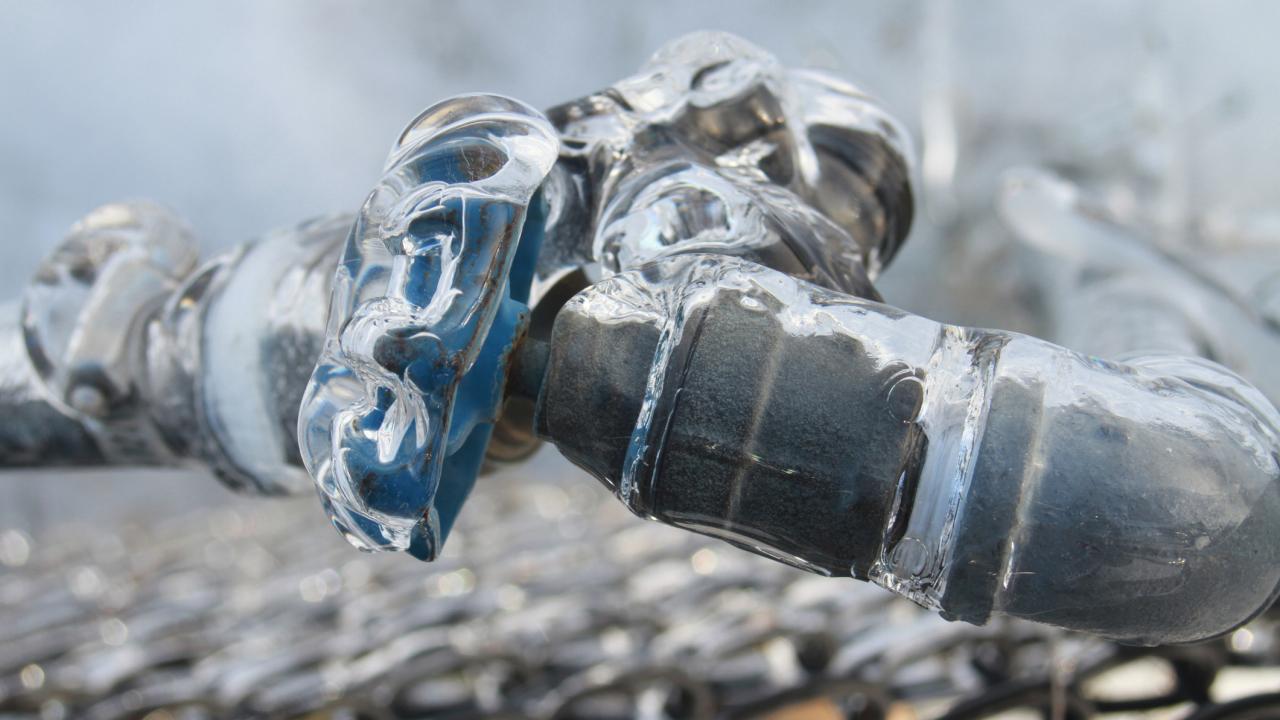Ways to Protect Pipes from Freezing: Specialist Advice
Ways to Protect Pipes from Freezing: Specialist Advice
Blog Article
Are you trying to find suggestions about Prevent Frozen Pipes ?

Winter can ruin your pipes, specifically by freezing pipes. Here's how to stop it from taking place and what to do if it does.
Intro
As temperature levels decline, the danger of frozen pipes increases, potentially bring about expensive repairs and water damage. Comprehending just how to prevent frozen pipes is essential for home owners in cold environments.
Recognizing Icy Pipelines
What triggers pipelines to ice up?
Pipelines freeze when exposed to temperatures listed below 32 ° F (0 ° C) for expanded durations. As water inside the pipes ices up, it expands, putting pressure on the pipeline wall surfaces and possibly creating them to break.
Threats and damages
Icy pipes can result in water interruptions, home damage, and costly repairs. Ruptured pipes can flood homes and cause considerable structural damages.
Indicators of Frozen Water Lines
Identifying frozen pipes early can prevent them from breaking.
Exactly how to identify icy pipelines
Look for lowered water circulation from taps, unusual smells or sounds from pipelines, and noticeable frost on revealed pipes.
Avoidance Tips
Shielding susceptible pipes
Wrap pipes in insulation sleeves or make use of warm tape to secure them from freezing temperature levels. Focus on pipelines in unheated or outside locations of the home.
Home heating methods
Keep interior rooms properly warmed, particularly areas with pipes. Open up closet doors to allow cozy air to circulate around pipes under sinks.
Shielding Exterior Plumbing
Garden hoses and exterior faucets
Detach and drain garden pipes prior to wintertime. Mount frost-proof faucets or cover outdoor taps with shielded caps.
What to Do If Your Pipes Freeze
Immediate activities to take
If you think icy pipelines, maintain taps open up to soothe pressure as the ice melts. Utilize a hairdryer or towels soaked in hot water to thaw pipes slowly.
Long-Term Solutions
Structural adjustments
Take into consideration rerouting pipes away from outside wall surfaces or unheated locations. Include added insulation to attic rooms, basements, and crawl spaces.
Upgrading insulation
Invest in high-grade insulation for pipes, attics, and walls. Appropriate insulation helps maintain constant temperature levels and lowers the risk of frozen pipes.
Conclusion
Protecting against icy pipes needs proactive actions and fast reactions. By understanding the reasons, signs, and preventive measures, property owners can shield their plumbing throughout cold weather.
5 Ways to Prevent Frozen Pipes
Drain Outdoor Faucets and Disconnect Hoses
First, close the shut-off valve that controls the flow of water in the pipe to your outdoor faucet. Then, head outside to disconnect and drain your hose and open the outdoor faucet to allow the water to completely drain out of the line. Turn off the faucet when done. Finally, head back to the shut-off valve and drain the remaining water inside the pipe into a bucket or container. Additionally, if you have a home irrigation system, you should consider hiring an expert to clear the system of water each year.
Insulate Pipes
One of the best and most cost-effective methods for preventing frozen water pipes is to wrap your pipes with insulation. This is especially important for areas in your home that aren’t exposed to heat, such as an attic. We suggest using foam sleeves, which can typically be found at your local hardware store.
Keep Heat Running at 65
Your pipes are located inside your walls, and the temperature there is much colder than the rest of the house. To prevent your pipes from freezing, The Insurance Information Institute suggests that you keep your home heated to at least 65 degrees, even when traveling. You may want to invest in smart devices that can keep an eye on the temperature in your home while you’re away.
Leave Water Dripping
Moving water — even a small trickle — can prevent ice from forming inside your pipes. When freezing temps are imminent, start a drip of water from all faucets that serve exposed pipes. Leaving a few faucets running will also help relieve pressure inside the pipes and help prevent a rupture if the water inside freezes.
Open Cupboard Doors
Warm your kitchen and bathroom pipes by opening cupboards and vanities. You should also leave your interior doors ajar to help warm air circulate evenly throughout your home.

I was made aware of that editorial about 6 Ways to Prevent Frozen Pipes from a friend on a different web page. So long as you liked our post if you please don't forget to share it. Thank you so much for going through it.
Book A Service Call Report this page